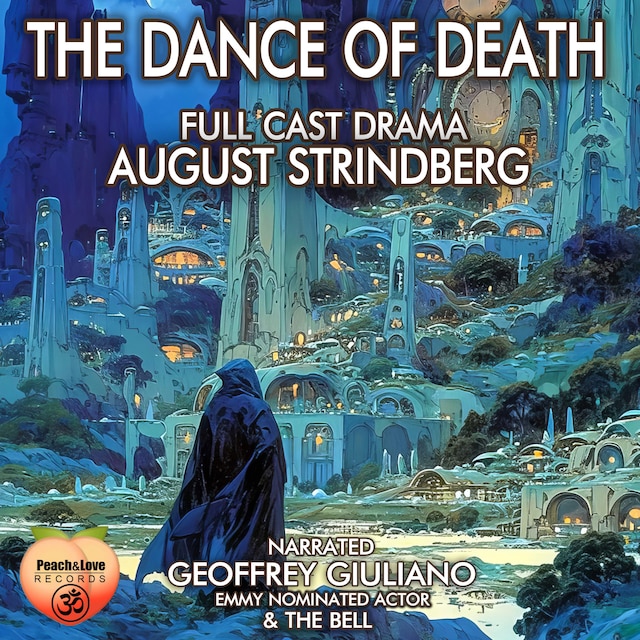
The Dance Of Death
Full Cast Drama

Full Cast Drama